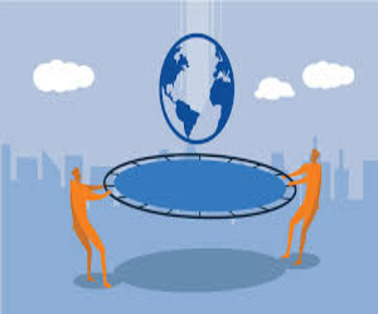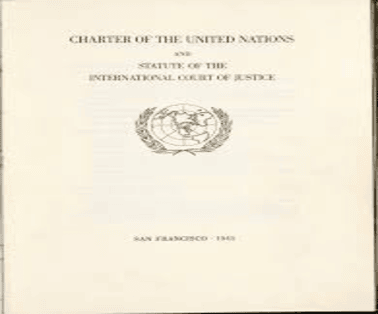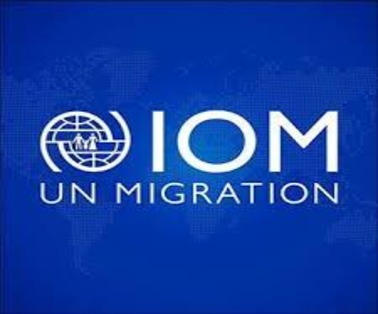The International Monetary Fund (IMF) confirmed a $3 billion IMF bailout plan for Sri Lanka’s struggling economy. IMF officials are also in negotiations with Pakistan for a $1.1 billion bailout plan as the country faces a severe economic crisis marked by a falling currency and price rise.
What Is IMF Bailouts?
- Bailout is a general term for extending financial support to a company/country facing a potential bankruptcy threat.
- It can take the form of loans, cash, bonds, or stock purchases.
- A bailout may (not) require reimbursement but is often accompanied by greater oversight and regulations.
Why Do Nations Seek IMF Bailouts?
- Countries seek help from the IMF usually when their economies face a major macroeconomic risk, mostly in the form of a currency crisis.
- In the case of Sri Lanka and Pakistan, both countries have witnessed domestic prices rise rapidly and the exchange value of their currencies drop steeply against the U.S. dollar.
- Such currency crises are generally the result of gross mismanagement of the nation’s currency by its central bank
- Many countries are forced to seek help from the IMF to meet their external debt and other obligations, to purchase essential imports, and also to prop up the exchange value of their currencies.
- Meanwhile, a country’s domestic economic policies can also have an adverse impact on its currency’s exchange rate and foreign exchange reserves.
- Bad luck can also contribute to a crisis. In the case of Sri Lanka, a decrease in foreign tourists visiting the country led to a steep fall in the flow of U.S. dollars into the nation.
How Does The IMF Help Countries?
- The IMF basically lends money, often in the form of special drawing rights (SDRs), to troubled economies that seek the lender’s assistance.
- SDRs simply represent a basket of five currencies, namely the U.S. dollar, the euro, the Chinese yuan, the Japanese yen, and the British pound.
- The IMF carries out its lending to troubled economies through a number of lending programs such as the extended credit facility, the flexible credit line, the stand-by agreement, etc.
- Countries receiving the bailout can use the SDRs for various purposes depending on their individual circumstances.
- Currently, both Sri Lanka and Pakistan are in urgent need for U.S. dollars to import essential items and also to pay their foreign debt.
- So any money that they receive from the IMF is likely to go towards addressing these urgent issues.
Conditions Of IMF Bailouts
- The IMF usually imposes conditions on countries before it lends any money to them.
- For example, a country may have to agree to implement certain structural reforms as a condition to receive IMF loans.
Advantages of IMF Bailouts
- Essential for the success of IMF lending
- Throwing money without reforming policies that caused the crisis does not make sense
- Ensures independence of its central bank
Disadvantages Of IMF Bailouts
- These reforms are too tough on the public.
- IMF’s lending decisions influenced by international politics.
The 1991 Indian Economic Crisis
- It resulted from a balance of payments deficit due to excess reliance on imports and other external factors.
- The Government of India’s immediate response was to secure an emergency loan of $2.2 billion from the IMF by pledging 67 tons of India’s gold reserves as collateral security.
- The crisis paved the way for the liberalisation of the Indian economy, since one of the conditions stipulated in the World Bank and IMF loan (structural reform), required India to open its economy.
IMF
- The IMF was set up in 1945 as an outcome of the Bretton Woods conference.
- The 44 countries at that conference sought to build a framework for economic cooperation to avoid a repetition of the competitive devaluations that had contributed to the Great Depression of the 1930s.
- Countries were not eligible for membership in the International Bank for Reconstruction and Development (IBRD) unless they were members of the IMF
- Originally, the primary goal of IMF was to bring about international economic coordination to prevent competing currency devaluation by countries trying to promote their own exports.
- Eventually, it evolved to be a lender of last resort to governments of countries that had to deal with severe currency crises.
Objectives of IMF

To Download Monthly Current Affairs PDF Click here
Get Inspiration from CLAT 2025 Topper
Click here to get a free demo
Everything About CLAT 2025



